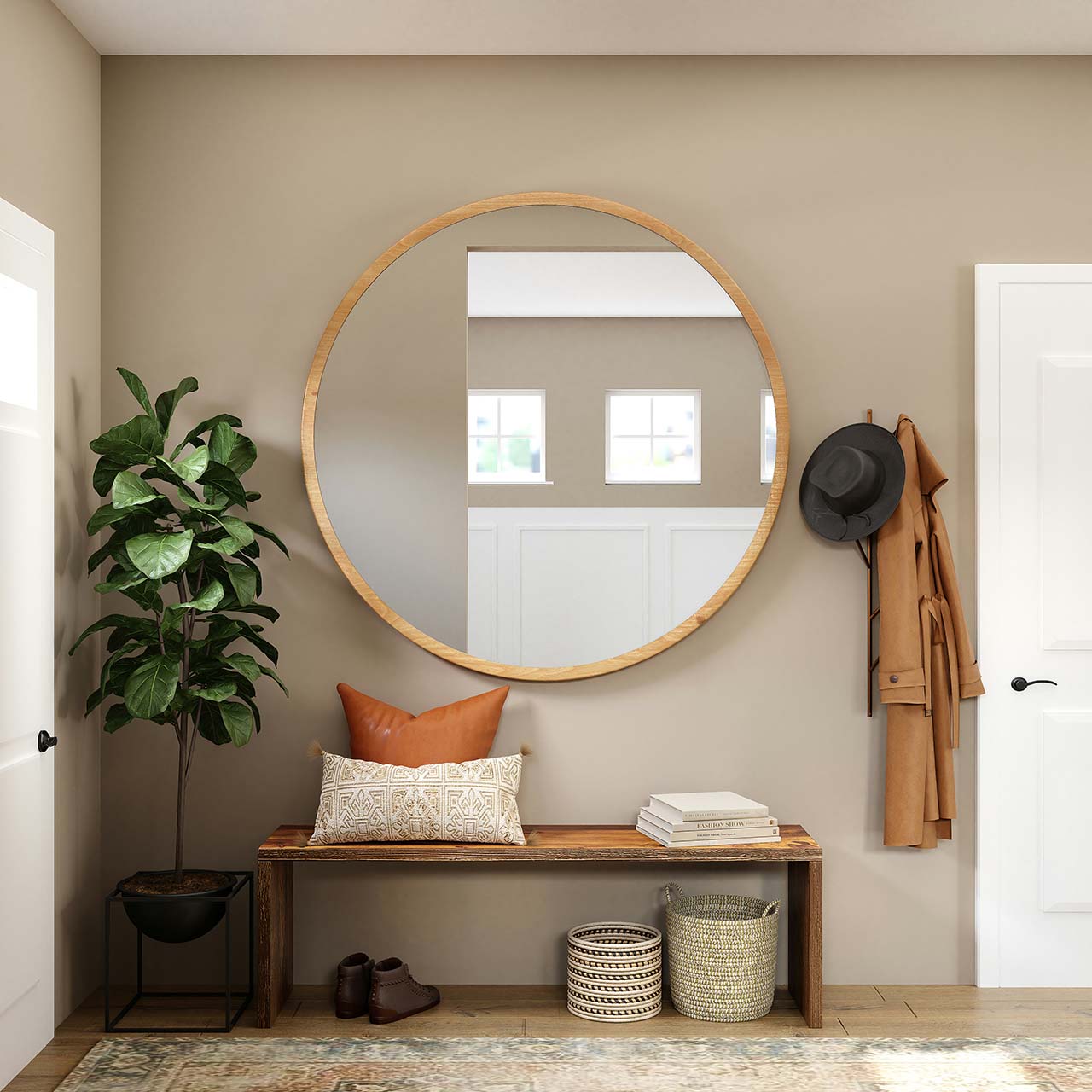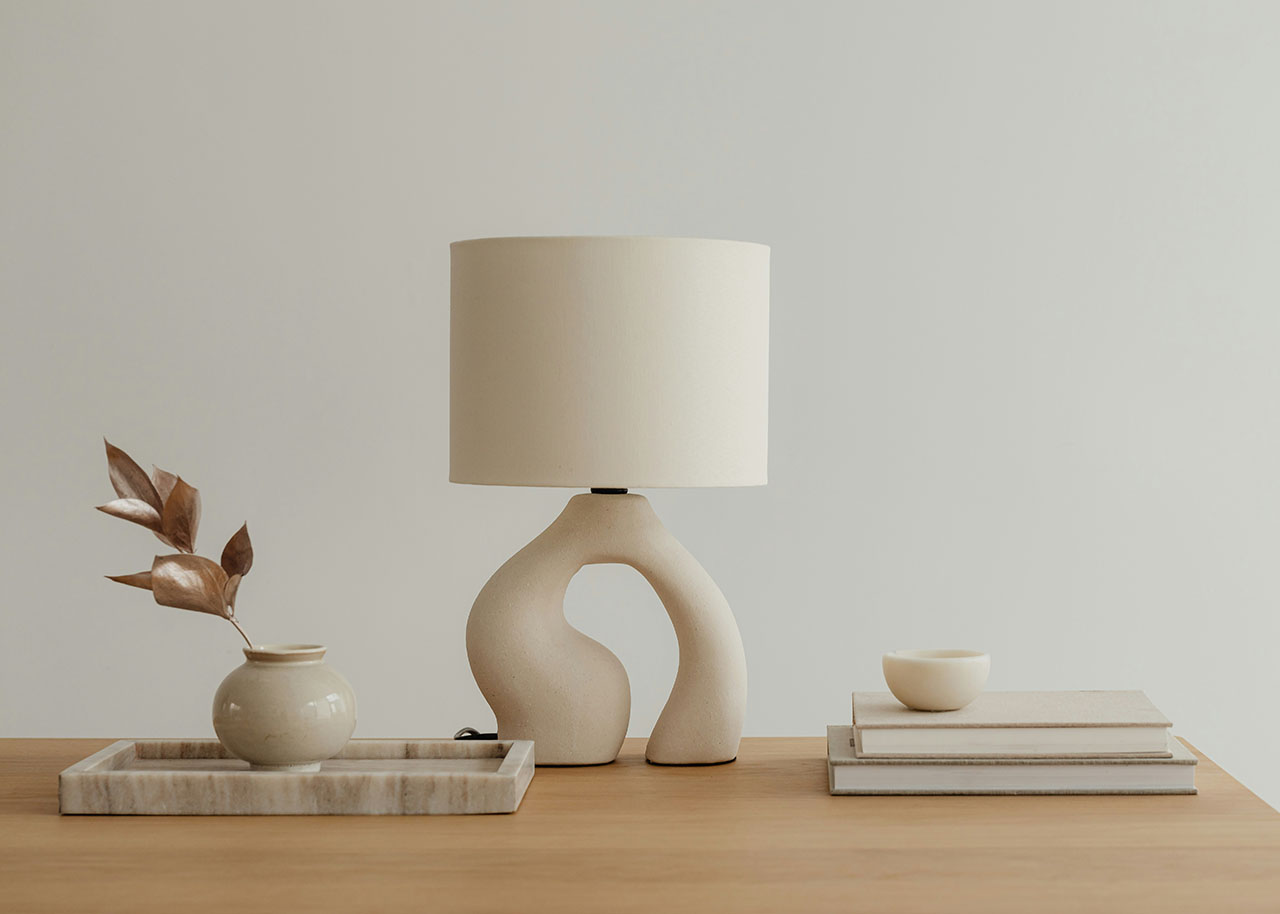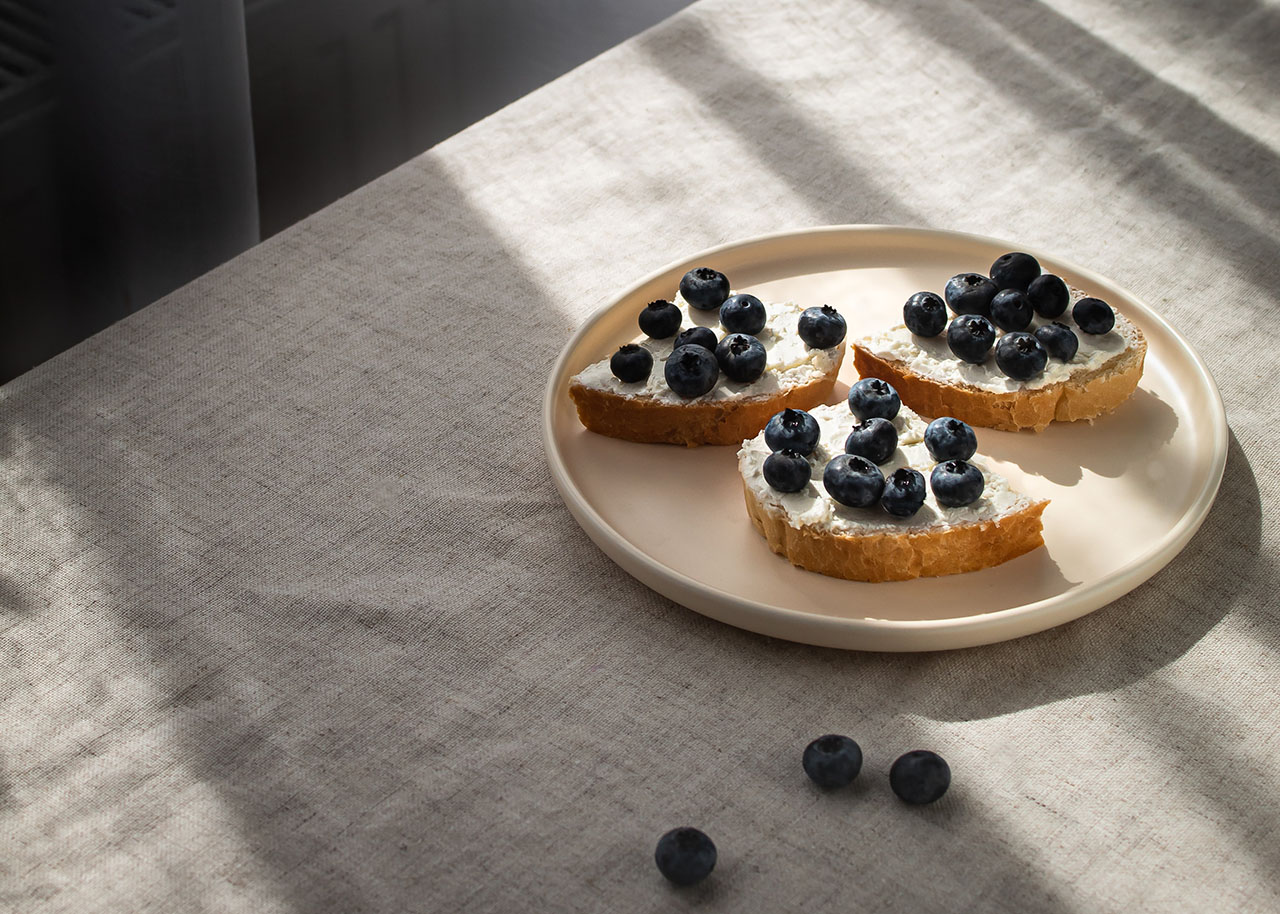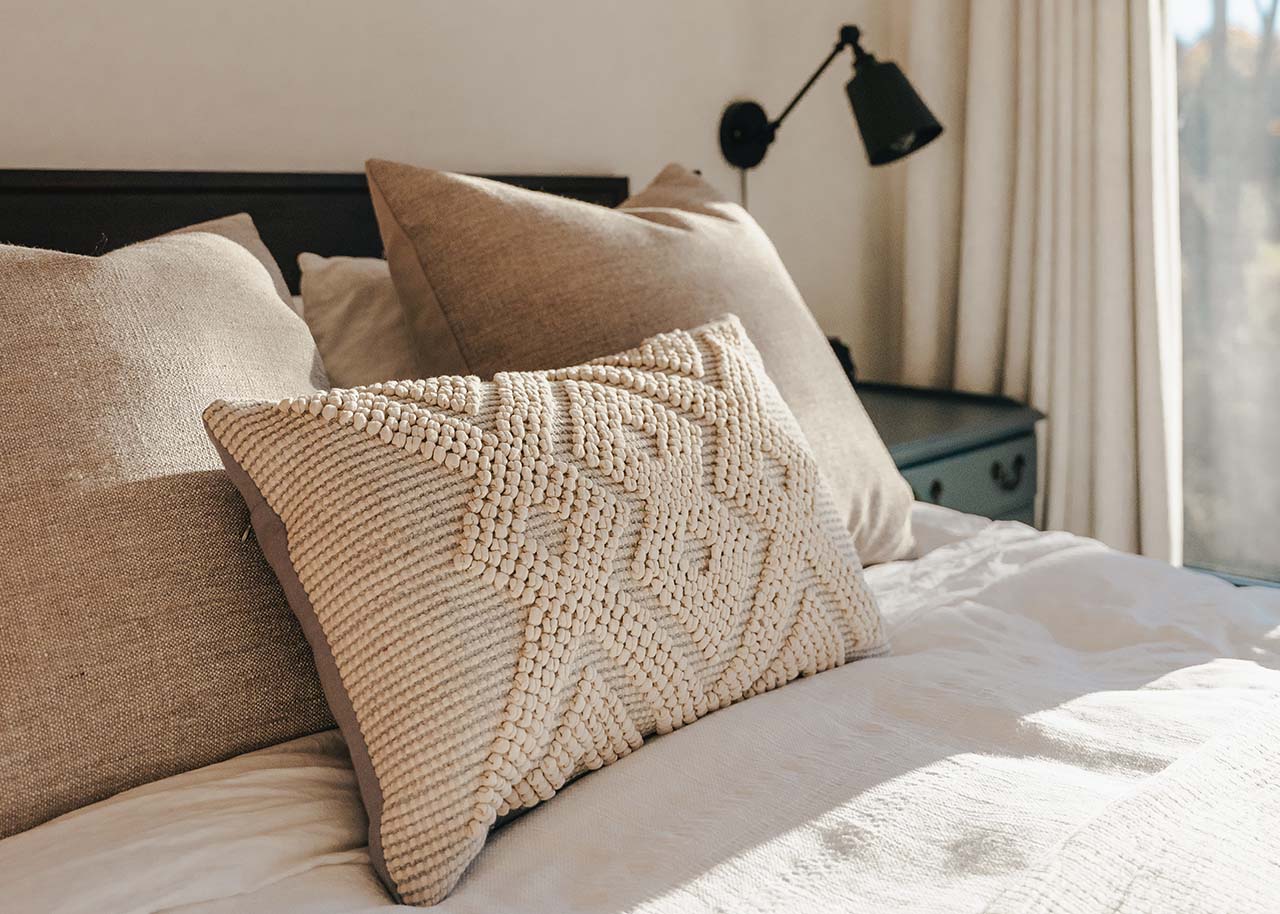(collaborative post)
Creating a home that feels calm, balanced and aligned with daily routines often comes down to small but purposeful decisions. Thoughtful design doesn’t mean changing everything at once. Instead, it’s about making considered adjustments that support comfort, function and personal preferences.
Each room has a different purpose, yet they all benefit from a consistent focus on light, layout and material choices. A more harmonious home is not necessarily about following trends. It’s about aligning your space with how you actually live and how you want to feel in it.
Thoughtful design allows the surroundings to enhance rather than distract. With that in mind, a few principles are worth exploring when making practical changes.
Light as a Foundational Design Element
Natural light strongly influences how a space feels throughout the day. Morning brightness can provide a sense of energy, while afternoon light tends to soften and calm. Planning a room with this rhythm in mind supports natural transitions between activities.
Larger openings and clear lines of sight help distribute light evenly, avoiding dark corners and creating a smoother flow. Ceiling height, furniture placement and window treatments all affect how much light reaches a space. Small changes like repositioning a mirror or switching curtain fabrics can make a difference.
Rooflights offer one of the most effective ways to increase daylight. Installed above, they allow sunlight to filter into central parts of the home that standard windows can’t reach. This supports both visibility and mood without relying heavily on artificial lighting.
When planning, it’s worth reviewing which rooms feel dim or closed off. Spaces such as stairwells, lofts and kitchens often benefit most from added rooflights, especially when combined with a lighter colour palette and open furniture arrangements.
Blending Function and Aesthetics in Daily Spaces
Comfortable homes work well on both a practical and visual level. Each item, fixture or fitting contributes to how a room performs and how it’s experienced. Choosing pieces that support everyday routines while enhancing the surroundings helps maintain clarity and ease.
Built-in storage, soft lighting, and uncluttered surfaces all help promote a clear and flexible environment. This approach doesn’t require removing personality but instead ensures that every element earns its place.
It’s helpful to invest in design features that feel cohesive and long-lasting. These elements quietly enhance a space while offering practical value. When improving natural light within the home, exploring the range of rooflights and skylights from a dedicated supplier like Daylight Systems can be a smart step. Their options are designed to suit a variety of layouts and project types, helping homeowners introduce daylight into central or enclosed areas without compromising on style.
Think about how frequently used areas, such as kitchen counters or reading spots, can be supported with better lighting, smooth pathways and comfortable seating. Combining good function with subtle design helps the home stay organised while maintaining a relaxed feel.

Bringing the Outside In Through Structure
A stronger connection to the outdoors helps create a more balanced home atmosphere. This doesn’t require expansive views or large gardens. Even modest homes can achieve this through structural details that allow natural elements to filter in.
Features like glazed doors, wide openings and well-placed windows extend sightlines and invite more daylight into internal spaces. Natural movement of the light and occasional glimpses of greenery can shift the feel of a room, even on overcast days.
Skylights offer another route for this connection. Installed above, they create a direct link to the sky, supporting better airflow and giving a sense of openness. Choosing units with high thermal performance ensures that warmth is retained during colder months without sacrificing visibility.
When integrating this feature type, planning around existing architectural lines is useful. Structural changes should feel intentional, with proportions that suit the room and provide practical benefit. Over time, these elements encourage a gentler pace and stronger presence within the space.
Calming Colour Schemes and Materials
Surfaces and tones strongly affect a room’s energy. Choosing calm, consistent colours across walls, floors, and furniture creates a cohesive backdrop. Muted tones, soft finishes, and textures from natural materials offer both warmth and quietness.
Wood, stone, linen, and clay are often used in slower design approaches. These materials support a grounding environment without competing for attention. Their neutral qualities help other details, like natural light or greenery, become more prominent.
It’s helpful to keep transitions between spaces gentle. For example, using similar tones throughout adjoining rooms avoids sudden shifts in mood. Matching materials between floors or within furniture selections also supports a smoother feel.
Bringing It All Together With Consistency
Designing a home to feel harmonious isn’t about reaching a perfect end point. It’s about making consistent decisions that reflect your routines, needs and preferences. These decisions don’t have to be expensive or time-consuming. Often, small updates create the most significant shifts.
Think about how different rooms function and whether they support your current life. Rearranging furniture for better movement, letting in more natural light, or choosing finishes that match your pace all contribute to a calmer home.
Slower, more considered design brings long-term satisfaction. It makes homes easier to live in and more aligned with what matters. If you’re exploring options to improve daylight, create more precise lines or enhance comfort, start with what feels most immediate and achievable.
This post was published in collaboration with a content partner. The article is meant to inspire you how to live a slow, simple, soulful and sustainable lifestyle and may contain (affiliate) links to articles, websites or products/services that may be of interest to you.
Would you like to receive inspiration from The Slow Living Guide regularly?
Sign up for the newsletter here.



